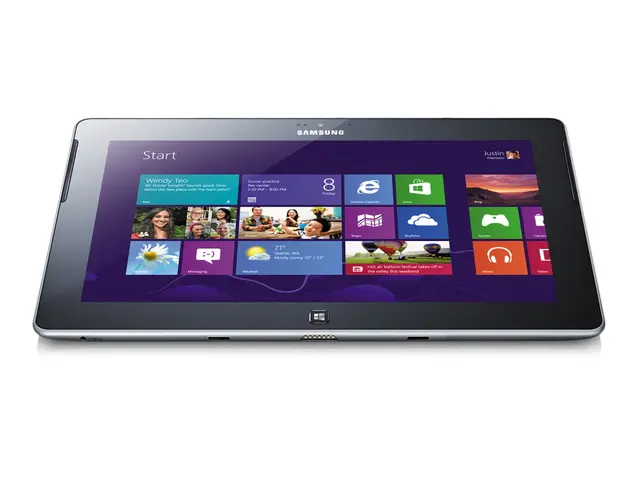Klarna's financial losses intensify, with provision expenses increasing before the anticipated IPO
In the bustling world of fintech, Klarna, the Swedish unicorn, continues to make waves. The company recently announced its plans to revive its Initial Public Offering (IPO) on the New York Stock Exchange as early as September 2025 [1][4][5]. This comes after postponements earlier in the year due to market volatility.
Klarna's Q2 performance shows a significant surge in revenue, growing by 20% to $824m. This growth was accompanied by a 19% jump in Gross Merchandise Volume (GMV) to $31.2bn [2]. The company also topped 111m active consumers globally in the second quarter [10].
One of the key drivers of Klarna's growth is the increasing popularity of its "Klarna Card" in its most mature European markets. This card is becoming a preferred payment method, offering users the option to make immediate purchases or spread payments over time through interest-free instalments [7]. Klarna began piloting this card earlier this year, using technology from Visa [8].
However, the company did experience a jump in losses for the second quarter of 2025, reaching $53m, up from an $18m post-tax loss for the same period in 2024. This increase was partly due to a 64% increase in provisions for possible bad loans, totaling $174m (£128m) [2].
Despite this, delinquency rates for Klarna continue to fall, according to co-founder and chief executive Sebastian Siemiatkowski [3]. More customers are paying on time than ever before on Klarna, and late payments in the 'Fair Financing' division edged down to 2.23% for the second quarter of 2025, from 2.34% for the same period in 2024 [9].
Volumes in Klarna's 'Fair Financing' arm, which provides longer payment terms for pricier items, jumped 108% for the second quarter of 2025 [6]. This growth indicates a shift in consumer behaviour towards using Klarna for larger purchases.
Klarna's credit losses for the second quarter of 2025 were 0.56% of GMV, a decrease from the 0.63% recorded in the same period last year [2]. This shows a continued focus on maintaining a healthy balance between growth and risk management.
In addition to its IPO plans, Klarna is also planning to roll out an enhanced version of the "Klarna Card" in the U.S. [1]. However, no explicit new US-wide debit card launch date has been provided [3]. The debit card is part of Klarna’s broader efforts to pivot beyond buy now, pay later services and move toward a full-suite fintech and banking platform.
[1] - Sky News [2] - Klarna Q2 2025 Results [3] - TechCrunch [4] - Bloomberg [5] - CNBC [6] - Reuters [7] - The Verge [8] - Visa [9] - Klarna CEO Sebastian Siemiatkowski [10] - Klarna Q2 2025 User Growth [11] - Business Insider
- The banking sector will likely see a shift as Klarna, a leading fintech company, plans to roll out an enhanced version of its "Klarna Card" in the U.S., aiming to move beyond buy now, pay later services and expand into a full-suite fintech and banking platform.
- The recent surge in revenue for Klarna, a unicorn in the fintech world, is attributed to the increasing popularity of its "Klarna Card" in its mature European markets, making it a preferred payment method for many users.
- In the bustling world of finance and business, Klarna has announced its plans to revive its Initial Public Offering (IPO) on the New York Stock Exchange, signaling a significant move towards traditional banking and investing avenues.




